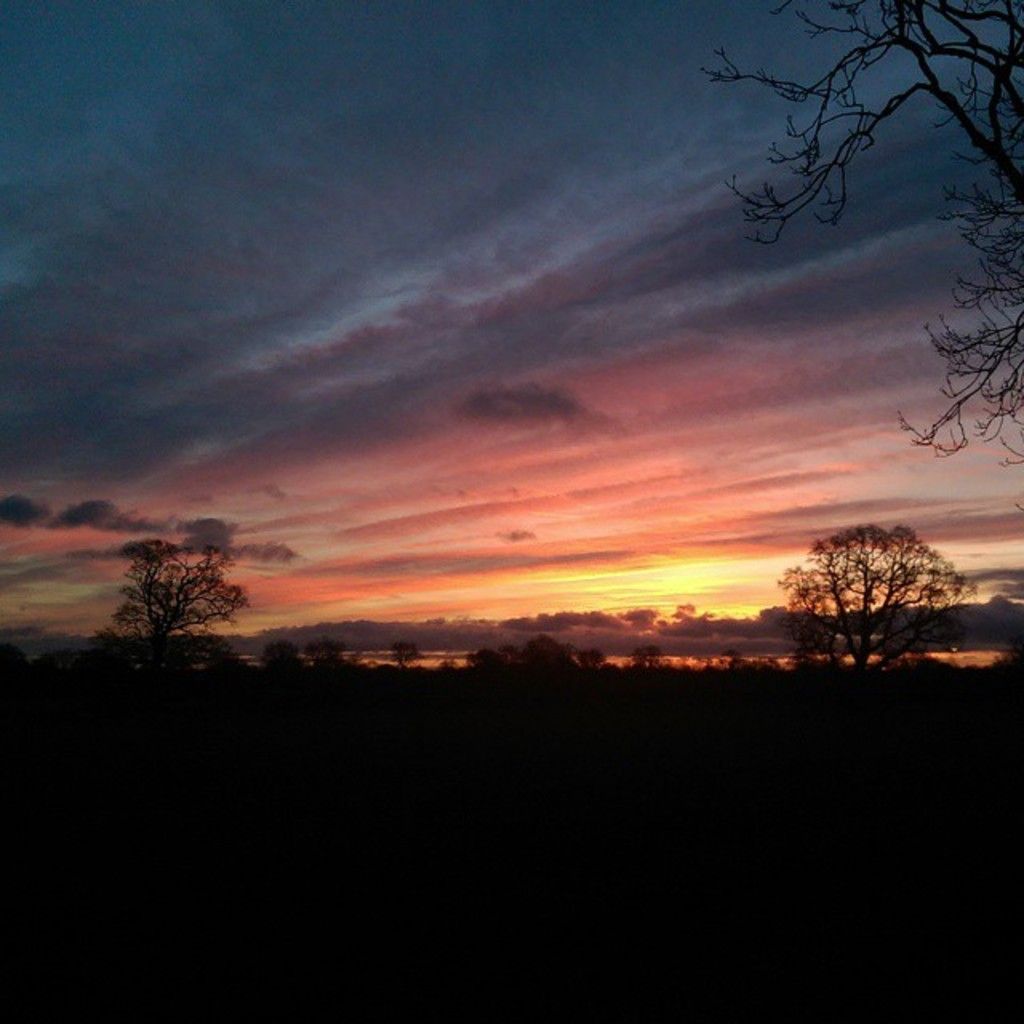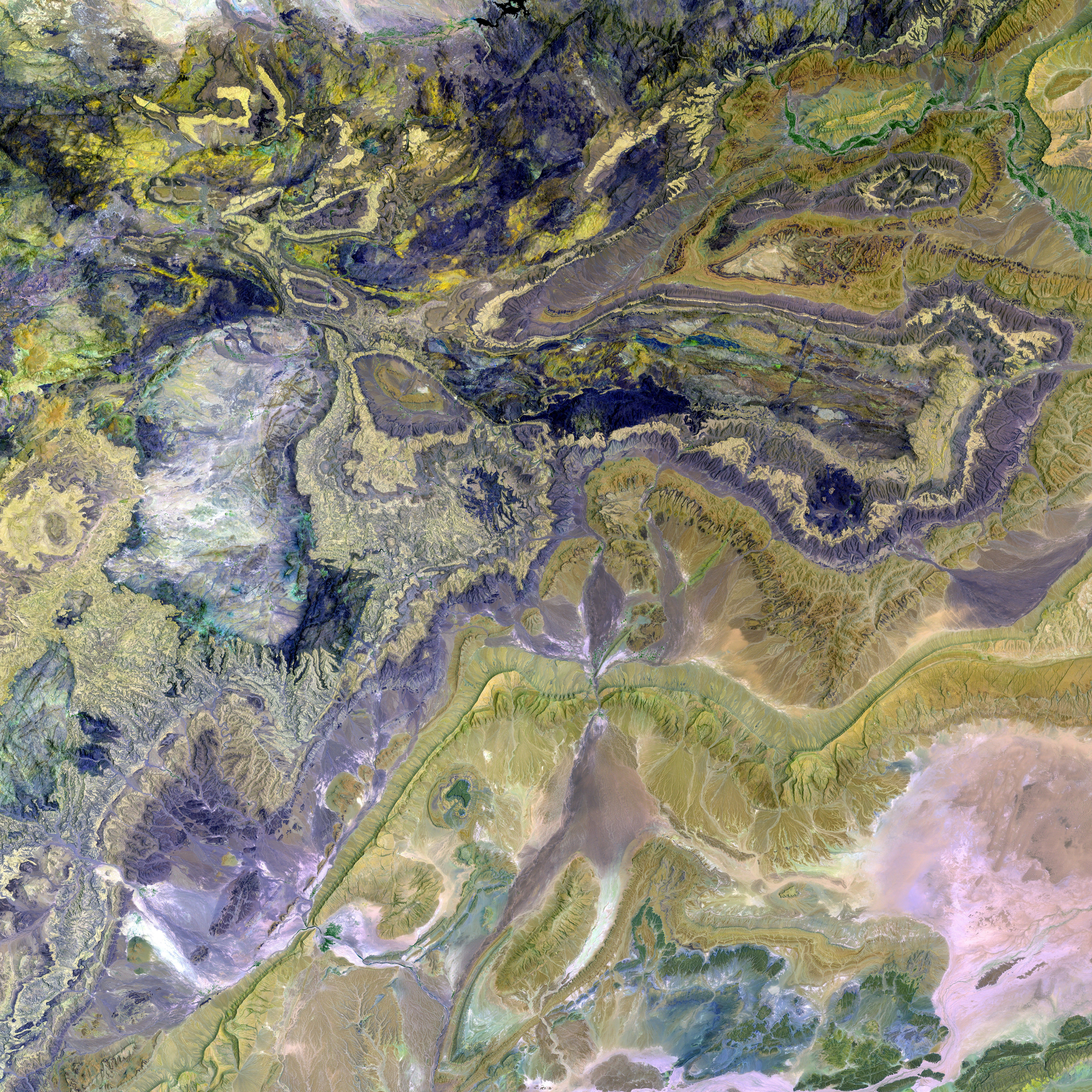AI-Generated Art: Boom, Backlash, and What's Next
Artificial Intelligence-Driven Art Ascendance: Profits, Setbacks, and Tomorrow's Horizon
The AI art craze has everyone talking - artists, tech moguls, investors, and art aficionados. If you're blown away by the sudden surge of digital artworks crafted by AI, you're not alone. This era is teeming with opportunities, arguments, and uncertainty. Let's dive in to uncover who's profiting, who's struggling, and the future of this high-tech creative revolution. Buckle up for a ride through one of the most stirring transformations in the art world today.
Check Out These AI-related Stocks Shooting for Growth 🚀
The AI Art Boom: Who's Making Bank?
Top players in the tech and digital market sectors are the big winners. AI startups that create popular generative art platforms landed mega-bucks in venture capital funding and recurring revenues. Companies like OpenAI, Stability AI, and Runway bring home the bacon by providing user-friendly platforms, APIs, and high-end business solutions built on their powerful AI models.
Independent digital artists have seen surges in commissions and collaborations by leveraging AI to enhance their work. Some artists use AI as a partner, maximizing output and profits. NFT marketplaces, such as OpenSea and Foundation, have profited massively from hosting AI-generated pieces, generating a new asset class buzzing with novelty and future value appreciation.
Struggling in the Shift? Don't Miss These Non-AI Startups Facing Financial Chaos 💥
The AI Art Boom: Who's Losing Out?
While some cheer the democratization of creativity, others find themselves left behind. Traditional artists, who spent years mastering their craft, now face competition from machines that can mimic their styles almost instantly. This has provoked waves of protests, lawsuits, and heated discussions about copyright protections and the authenticity of AI-made artworks.
Institutions like galleries, museums, and art schools are grappling with how to adjust. The sudden influx of AI-produced pieces challenges traditional standards by which art has been evaluated, putting many careers at risk as this transition unfolds.
Legal and Ethical Dilemmas on the AI Art Playground
Copyright infringement has become a central issue. AI models are trained on vast repositories of internet data without explicit permission from the original creators. Artists have filed lawsuits over alleged use of their work without credit, consent, or compensation. Ongoing legal battles could reshape intellectual property laws in this new technological era.
Ethical concerns extend beyond copyright. Questions about authorship, uniqueness, and responsibility stir around AI-created art. Can a creation primarily generated by an algorithm be deemed truly creative? Should people claim ownership if they merely provided the prompt? These questions need widespread dialogue among lawmakers, technologists, and artistic communities to establish fair rules.
Revolution Through Tech: Advancements Propelling the Art World Forward
Recent breakthroughs in AI training methods, larger datasets, and user-friendly interfaces have fueled the current art boom. New techniques like diffusion models, prompt engineering, and style transfer are enhancing AI's artistic capabilities, cooking up increasingly intricate and moving works.
Integrating AI with augmented reality (AR) and virtual reality (VR) is another frontier eager to progress art. Imagine stepping into tailored, AI-generated exhibits where the art changes in real-time based on your reactions. Interactive generative experiences are predicted to shake up both entertainment and fine arts.
The Future of AI Art: Where's the Junction?
The AI art scene's momentum doesn't seem to be slowing anytime soon. Industry analysts predict explosive growth in the use of AI for commercial design, entertainment media, virtual worlds, and customized content. As AI tools evolve and become more accessible, we could see a more distributed, creative economy bloom, with both pros and amateurs thriving together.
Future education systems might focus on training students to work alongside machines rather than against them. Tomorrow's artists could work not only with brushes but with prompts, algorithms, and collaborative machine-human frameworks.
Policy guidelines and ethical practices will develop over time. Artists, collectors, and corporations must navigate a landscape where innovation happens at a rapid pace but trust must be carefully fostered and preserved.
Preparing for the AI Art Future: How to Stay Ahead of the Curve
Whether you're an artist, collector, investor, or admirer, embracing continuous learning is essential. Stay sharp by staying informed about the latest tech advancements, watching shifting legal standards, and adapting your perspective as the art world evolves.
Building agility and digital literacy will be vital skills. Artists who learn to integrate AI creatively into their process will likely have a leg up, while collectors who understand how to authenticate and value AI-created works will find new opportunities in a changing art market.
Support ethical practices by following creators who are transparent about the use of AI, advocate for policies that respect original work, and join communities where creativity and integrity coexist. Together, we can ensure that the future of AI art is vibrant, diverse, and equitable.
How Deep Does AI Threaten Artists? 🤖
The Conclusion: The Fabric of the Art World Stretching and Changing
The AI Art Boom captures a complex picture filled with potential and peril. Tech pioneers and early adopters are grabbing fortunes, while traditional artists and communities face an arduous transition period. The conversation revolves around value, recognition, and authorship. As AI redefines artistic boundaries, every stakeholder must reshape their role in the rapidly changing art ecosystem. Those who adapt thoughtfully will not just survive but thrive in this brave, new, creative world.
Sources
- Brynjolfsson, E., & McAfee, A. (2014). The Second Machine Age. W. W. Norton & Company.
- Marcus, G., & Davis, E. (2019). Rebooting AI: Building Artificial Intelligence We Can Trust. Vintage.
- Russell, S. (2019). Human Compatible: Artificial Intelligence and the Problem of Control. Viking.
- Webb, A. (2019). The Big Nine: How the Tech Titans and Their Thinking Machines Could Warp Humanity. PublicAffairs.
- Crevier, D. (1993). AI: The Tumultuous History of the Search for Artificial Intelligence. Basic Books.
- The influx of venture capital funding and recurring revenues for AI startups specializing in generative art platforms indicates a growing market for the intersection of technology, robotics, and artificial intelligence in the art world.
- Tech advancements such as diffusion models, prompt engineering, and style transfer are fueling the AI-powered artistic revolution, signifying a strategic integration of artificial intelligence in various industries, including technology, robotics, and art.








